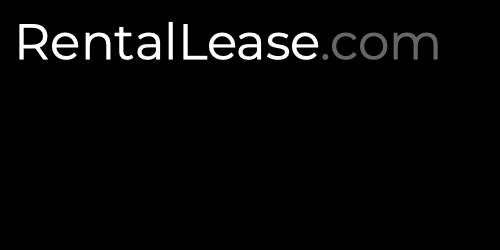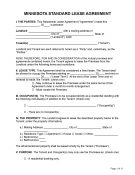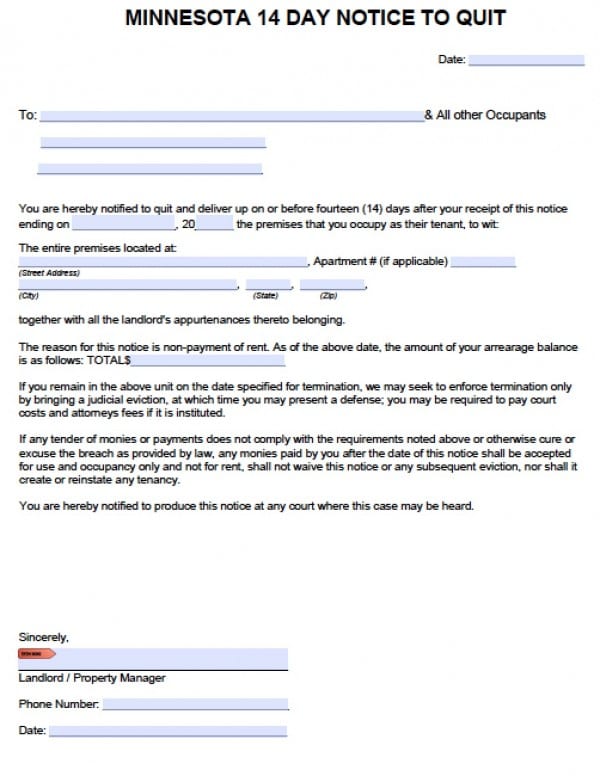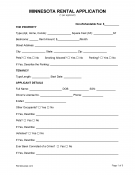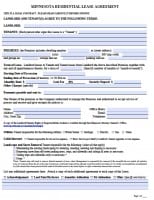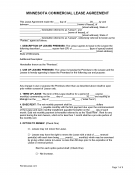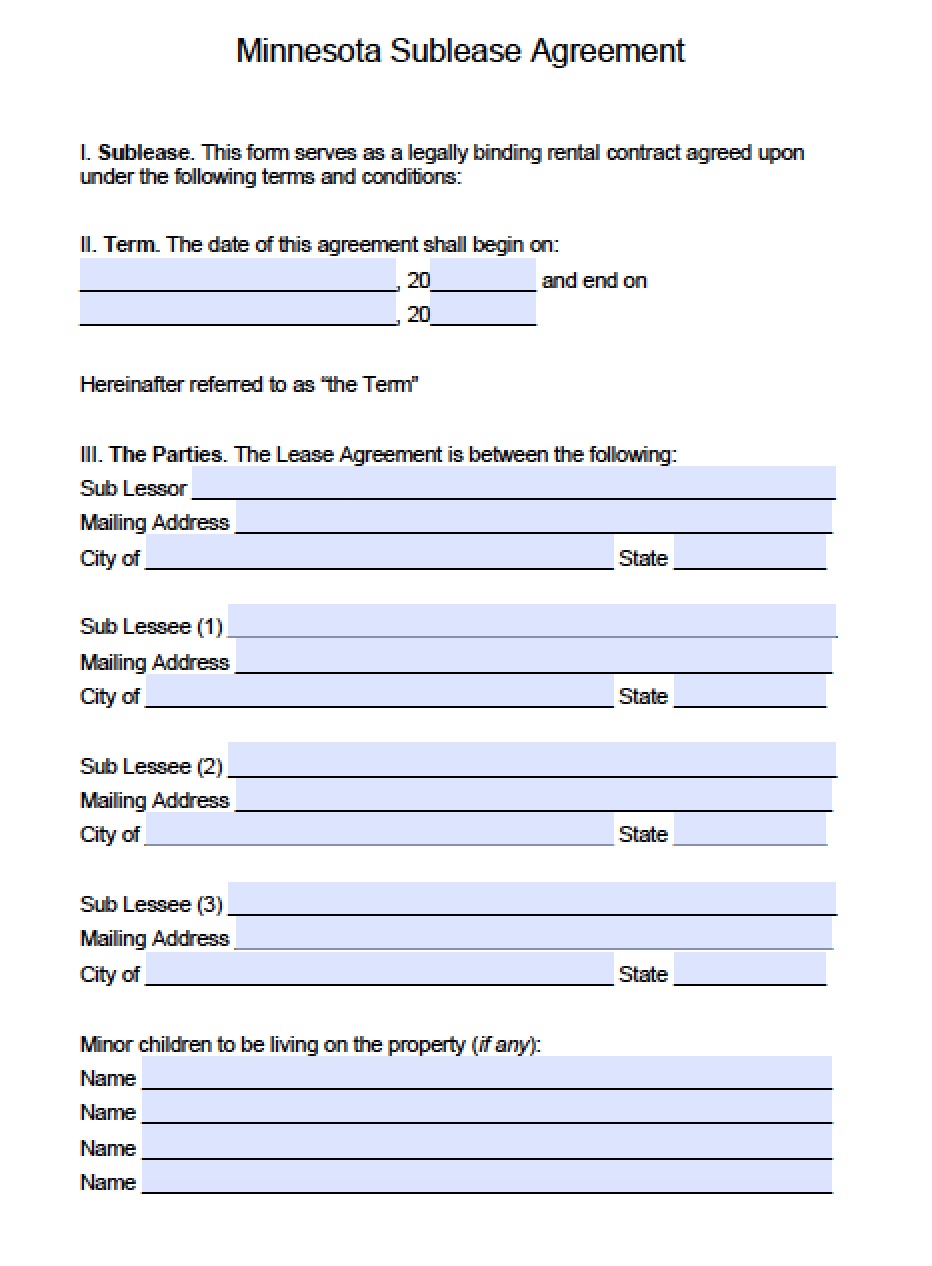Minnesota lease agreements are primarily used by property owners, whether commercial or residential, in order to rent out space to tenants in exchange for periodic payments. The landlord (or their agent) will typically ask for credentials and a background check from the applying tenant in order to establish whether they are financially capable of paying rent on time and to check with the individual’s previous landlords about the tenant’s prior behavior. Once an agreement is finalized and signed, both parties will be bound to the terms and conditions contained therein.
Minnesota Rental Lease Agreement Templates | PDF
Minnesota Lease Agreements
The Minnesota standard residential lease agreement is a lease that is for a set period of time (usually one (1) year) that allows a tenant to occupy and live in a space in exchange for monthly payments to the landlord. A standard lease will include the terms and conditions of renting the property, including the monthly rental fee, prohibited activities, the provision of utilities, and the security deposit amount (if applicable). The agreement is usually drafted and signed after a…
The Minnesota fourteen (14) day notice to quit is a document that a landlord or property manager serves on a tenant if rent has not been paid. After the notice is submitted, the tenant has fourteen (14) days to either pay the landlord or quit the lease and vacate the premises. Even if they do move out of the rental property on time, they will still have to pay all the money due to the landlord or face further legal…
The Minnesota rental application is a form that allows a potential tenant to input their information and authorize a landlord permission to view their credit information and any other background references. The landlord is permitted to demand a non-refundable fee for performing the check; this often has the added function of ensuring that the potential lessee is serious about renting the premises. The landlord can also demand a security deposit at the time of lease signing to further safeguard their…
The Minnesota month-to-month lease agreement is an agreement for tenants seeking a type of contract with no set termination date and that allows them to leave with notice equivalent to one payment period. The landlord should approach the month-to-month agreement with the same cautiousness as one would a standard lease agreement as they will be legally required to carry out the same eviction process for at-will tenants should it be necessary. Therefore, every potential lessee should be screened through the rental…
A Minnesota commercial lease agreement is a form to be completed by a property owner/manager when agreeing to let an individual or business occupy space for rent paid on a monthly basis. The lessor will typically check the tenant’s credentials with a rental application before authorizing in order to ensure the business, and its principal(s), are financially stable and credible to pay rent on time. If the tenant is a business entity, the lessor can check with the Secretary of…
The Minnesota sublease agreement, or roommate contract, allows a person holding a lease for a rental property (the “sublessor”) to engage with another individual (the “sublessee”) to either rent a portion of, or the entire rental property. Typically, a standard lease agreement in Minnesota will bar the act of subletting. If this is the case, the sublessor will have to get the written permission from the landlord stating otherwise. The sublessor will bear the liability for the sublessee’s actions. Meaning…
DISCLOSURES
Financial Stress (§ 504b.151) – If a landlord has received a contract for deed cancellation under section § 559.21, the landlord must inform the tenant of this information and they will not be able to enter into a periodic lease agreement for more than two (2) months.
Identification (§ 504b.181) – The landlord, or their agent, must be identified in the lease as the person allowed to enter and perform work on the premises.
Lead-Based Paint – As per federal law, a notice is required if any housing unit was built prior to 1978 informing the tenant about the presence of lead-based paint on the premises.
Orders (§ 504b.195) – The landlord must identify any outstanding and condemnation orders to the tenant.
SECURITY DEPOSITS
Maximum (504b.178(1)) – No Maximum. The landlord may request as much as desired from a prospective tenant.
Returning (504b.178(3)) – The landlord has a maximum of three (3) weeks from the date the tenant surrendered the premises to return the security deposit.
LANDLORD’S ACCESS/ENTRY
Entry (§ 504b.211) – “Reasonable notice” must be given before the landlord may enter the premises for any repair or non-emergency reason.
